Diwali 2024:Henna, often referred to as mehndi, holds a significant place in the world of women’s adornment, especially during festive occasions. Its intricate designs and rich cultural significance have made it a beloved tradition across various communities. The arrival of festivals, particularly during the month of Sawan, sees a surge in henna application as women look to embellish their hands and feet. This article explores various henna designs, offering easy-to-follow techniques that will help you create stunning patterns, ensuring your hands look beautiful this Diwali.
The Cultural Significance of Henna
Henna has been used for centuries as a form of body art, dating back to ancient Egypt and the Indian subcontinent. Traditionally, it is applied during weddings, festivals, and other significant life events. The application of henna is more than just decoration; it symbolizes joy, love, and celebration. Each intricate design has its own meaning, making the art of henna deeply personal and culturally rich.
The Joy of Diwali and Henna
Festivals are times of joy and celebration, where families and friends come together to create memories. During such occasions, henna becomes a medium for women to express their creativity and enhance their beauty. The Sawan month, known for its vibrant celebrations, is particularly special as it brings numerous tiji-tyohar (minor festivals) that call for the application of henna. Women often seek fresh and innovative designs to adorn their hands, making henna an integral part of their festive preparations.
Popular Henna Designs to Try
1. Minimal Keri Design
If you prefer simplicity, the minimal keri design is perfect for you. This design is created using fine lines and can be applied easily on both the front and back of your hands. To create a minimal keri design, start by making a small loop and extending lines outward, resembling the shape of a bell. This design is quick to apply and offers an elegant touch to your overall look, making it ideal for casual gatherings or less formal celebrations.

2. Jaal and Keri Mehndi
For those looking to add a bit more flair, combining jaal (net) patterns with keri designs is an excellent choice. This design is particularly flattering for women with long fingers and hands. To create a jaal design, draw a grid pattern across the palm and then embellish it with keri designs at the intersections. If your hands are broader, consider narrowing the width of the jaal for a balanced look. This design provides a stunning effect, especially when adorned with small floral elements.
You May Also Like!
- Indian Army Ordnance Corps (AOC) Recruitment 2024: Apply Now for 723 Posts
- CBSE Class X and XII Date Sheet for Board Examinations PDF – 2025
- Android 16 Developer Preview 1: Key Features, Timeline, and Eligible Devices
- Netflix to Launch “Squid Game: Unleashed” Mobile Game on December 17, 2024
- JEE Main 2025 Application Forms Released: Direct Link Apply Now
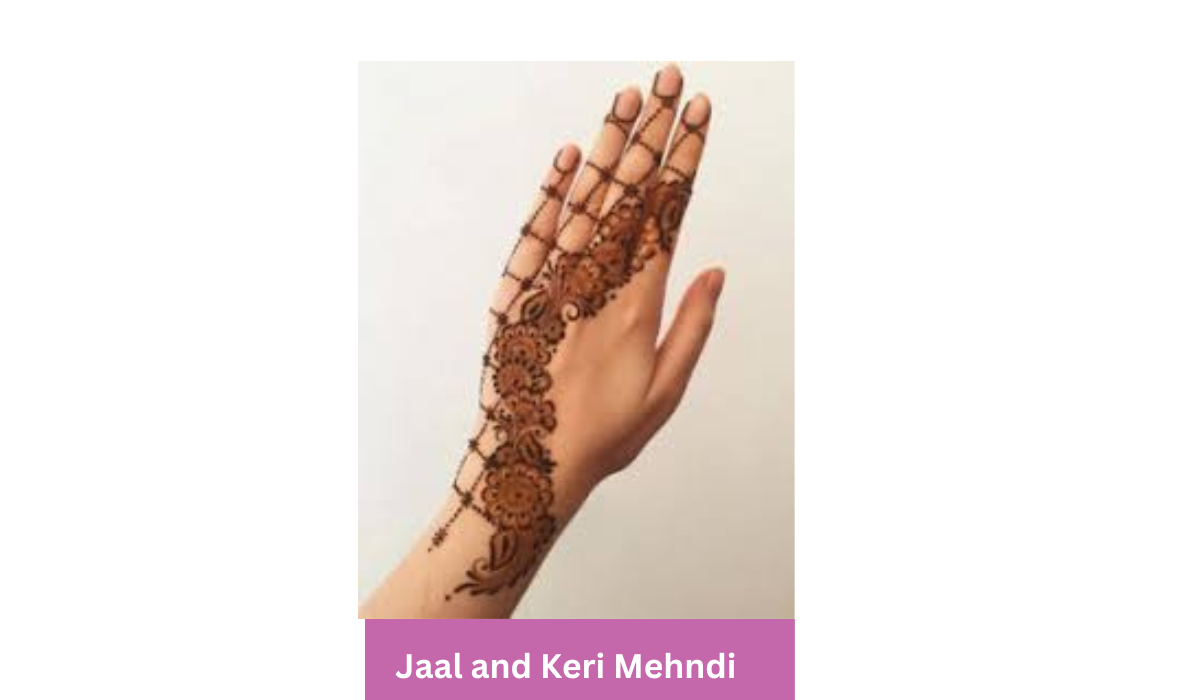
3. Bridal Mehndi Designs
Arabic henna designs are popular for their intricate and bold patterns, making them a favorite among brides. To create a bridal mehndi design using keri patterns, incorporate elements like peacocks, floral motifs, and geometric shapes. Start with a keri base and fill it with these designs to create a rich and elaborate look. The key is to be creative—mix different elements to achieve a unique design that resonates with your personal style.

4. Keri Bracelet Design
The keri bracelet design is another stylish option for the back of your hands. Begin by making a circular or oval pattern in the center of your wrist area. From there, extend keri designs outward, mimicking the look of a bracelet. You can vary the size of the keri designs based on your preference—smaller keri for a delicate look or larger ones for a bolder statement. This design is particularly appealing because it combines elegance with a contemporary feel.
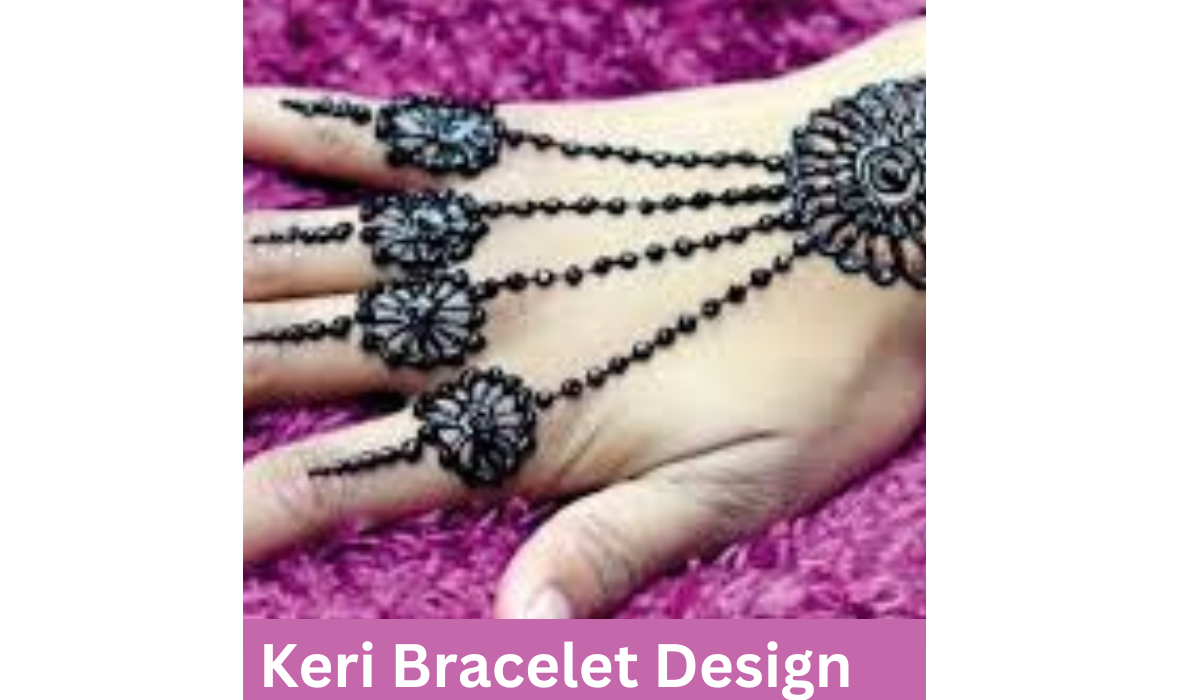
5. Modern Mehndi Designs
Modern henna art allows for a wide range of creativity. If you find it challenging to fill keri patterns with traditional designs, consider using modern motifs like mandalas or abstract shapes. These patterns can give your henna a unique twist, making it stand out. Mix different styles to create an eclectic look—this is your opportunity to express your personality through art.

6. Mixing Flowers and Keri
Combining floral patterns with keri designs can enhance the overall beauty of your henna. You can create a design where keri motifs serve as a base, and then embellish it with flowers and buds. This layering effect not only adds dimension but also creates a harmonious balance between the intricate and the simple. For an added touch, incorporate small leaves or dots to fill empty spaces, giving the design a finished look.
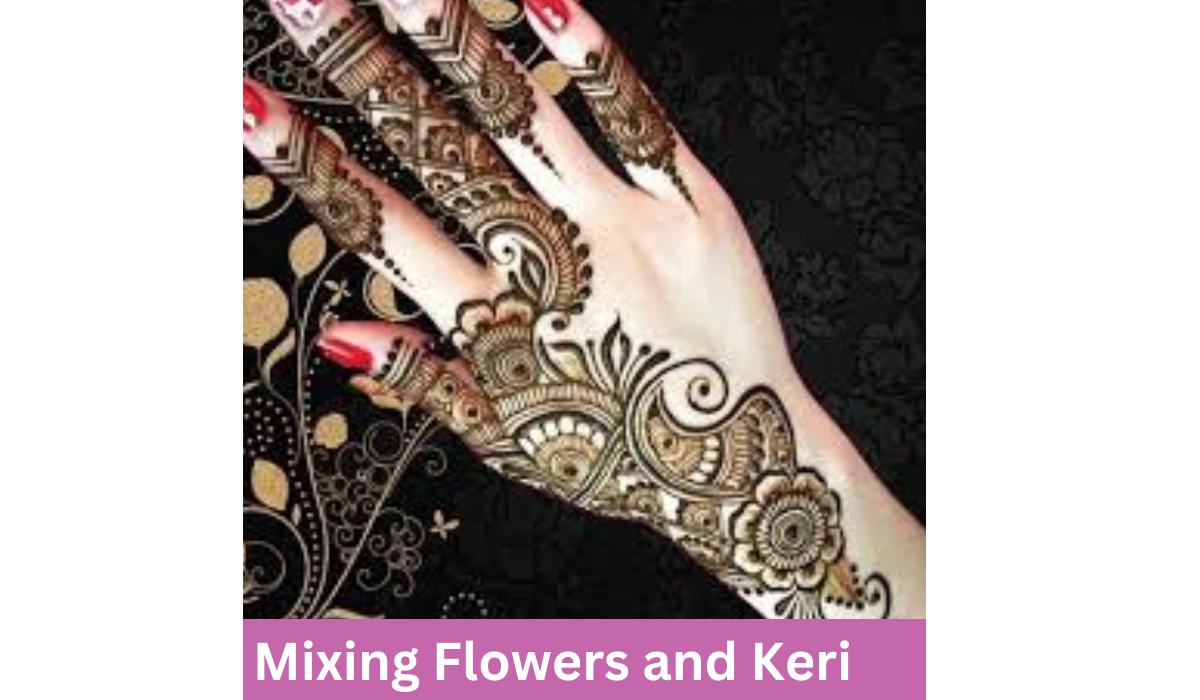
7. Shaded Mehndi Design
If you prefer a more minimalist approach but still want to make a statement, consider shaded mehndi designs. This technique involves using a darker hue for the keri patterns while using a lighter shade for the flowers. The shading effect creates a beautiful contrast, making the flowers pop against the keri base. This design is ideal for those who appreciate subtlety but want their henna to still be eye-catching
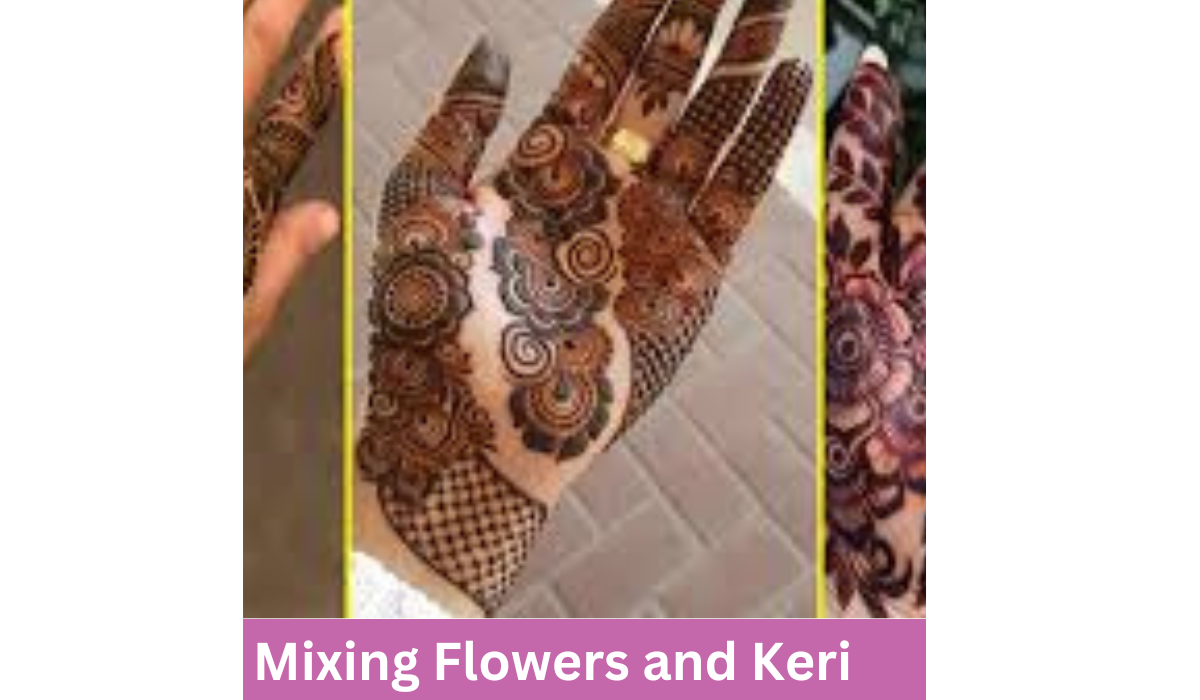
.
8. Quick-Filling Designs
If you’re short on time but still want to create a beautiful henna pattern, opt for quick-filling designs. A checkered pattern inside the keri can be completed in a matter of minutes, giving you a chic look without the lengthy application process. This design is not only fast but also visually appealing, making it perfect for last-minute celebrations or when you want a quick touch-up.
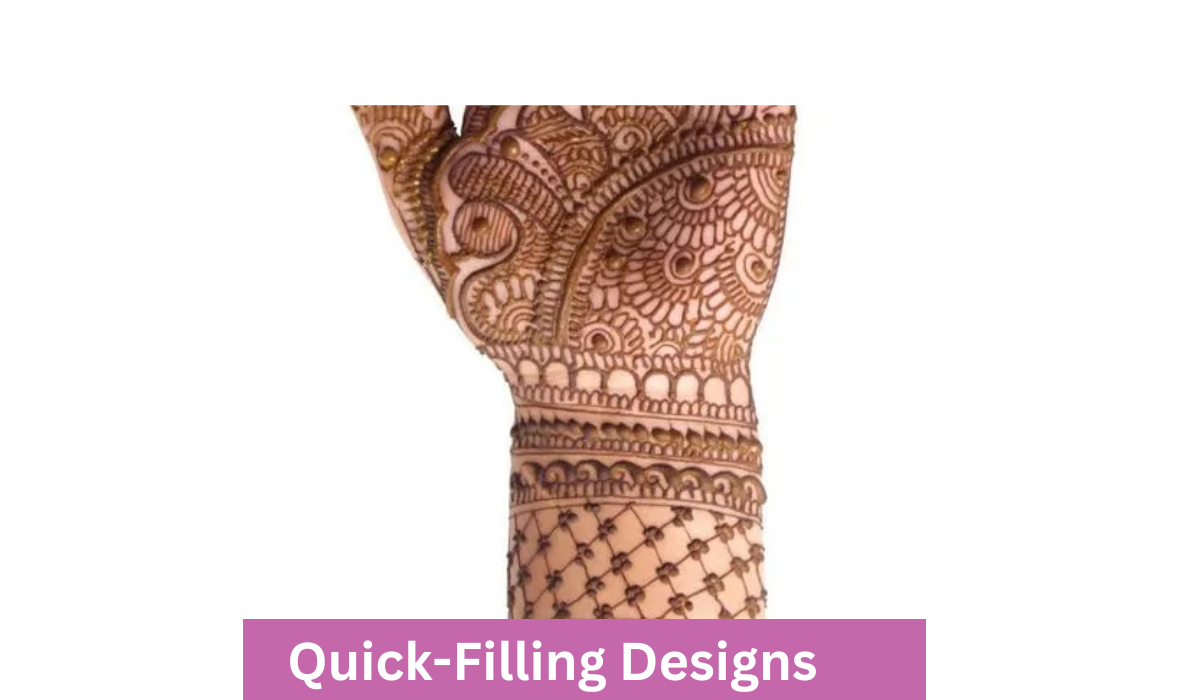
Tips for Applying Henna
- Choose Quality Henna: Use natural henna paste for the best results. Avoid chemical-laden products to ensure vibrant and safe designs.
- Prepare Your Skin: Make sure your hands are clean and free of oils before applying henna. This will help the dye adhere better and last longer.
- Practice Makes Perfect: If you’re new to henna application, practice on paper before applying it to your skin. This will help you gain confidence in your designs.
- Let It Dry: After applying henna, allow it to dry completely. Avoid touching it until it’s fully dry to prevent smudging.
- Seal the Design: For a darker stain, seal the henna with lemon juice and sugar. This helps the dye penetrate the skin better.
- Care for Your Henna: After removing the henna, avoid water on the design for at least 24 hours to allow the color to set.
Final Thoughts
Henna is more than just a decoration; it’s a form of art that connects women to their cultural heritage. The intricate designs and vibrant hues enhance the beauty of hands and symbolize joy and celebration. With the variety of designs available, you can easily find something that suits your personal style and the occasion.
As you prepare for upcoming festivals, consider these henna designs to adorn your hands. Whether you opt for minimalistic patterns or elaborate bridal designs, each choice reflects your creativity and adds to the festive spirit. If you found this information helpful, feel free to share it with friends and family. Embrace the art of henna this Diwali and make your celebrations even more special!



